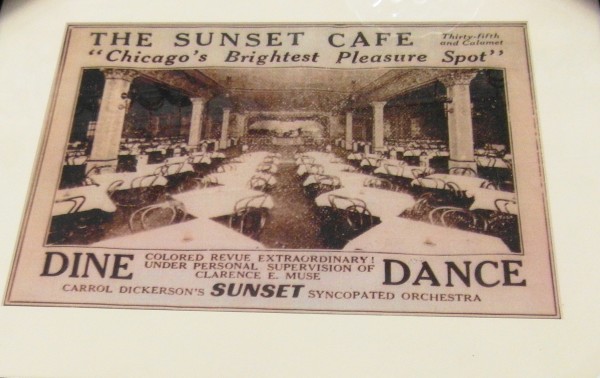
Nat King Cole. Louis Armstrong. Benny Goodman.
All are legendary names in jazz, but did you know all also had strong ties to Chicago?
I was clueless about Chicago’s jazz history until I spent an afternoon on an aptly named Raised in Chicago Jazz Tour as part of my blogger tour with Eventbrite. According to our tour guide, jazz may have been born in New Orleans, but it was raised in Chicago.
And just as jazz was raised in Chicago, many of its brightest stars got their start in the Second City, even if they made it big elsewhere.
Organized by Chicago Rocks Music Tours, the tour met near Printer’s Row in the South Loop, across the street from the Jazz Showcase, the second-oldest functioning jazz club in the country. From there, we headed straight south to Bronzeville – the neighborhood adjacent to the Illinois Institute of Technology along 35th street. Despite living in Chicago for 11+ years, this was my first trip to Bronzeville.
On the way, our guide put things in perspective, explaining how thousands of African-Americans migrated from the south to the north in the early 20th century in what was known as the Great Migration. Indeed, from 1890 to 1920, the African-American population in Chicago increased around 400%. Their cultural center became Bronzeville and 35th Street was the beating heart of the neighborhood.
You would never know it walking along 35th today. An image of a jazz musician on a McDonald’s was the lone reminder of the street’s vibrant past. An Ace Hardware store now occupies the space that was once the Sunset Cafe, one of the most famous jazz clubs in the city in the 1920s. Owned by Louis Armstrong’s manager, Joe Glaser, the club hosted the likes of Armstrong, Cab Calloway, Benny Goodman and Earl Hines. It later became the Grand Terrace Club and was partially owned by famous gangster Al Capone.
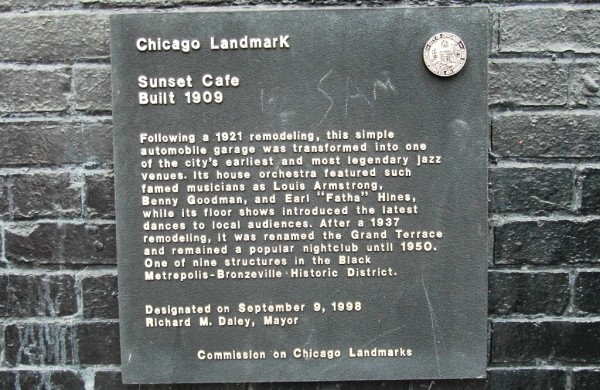
The owner of the current Ace Hardware store met us to share the history of the building and proudly showed off the mural that still remains in what is now his office – once the stage. I asked him if he would ever like to see the building converted back into a cafe and he nodded eagerly – the only obstacle was money, he said.
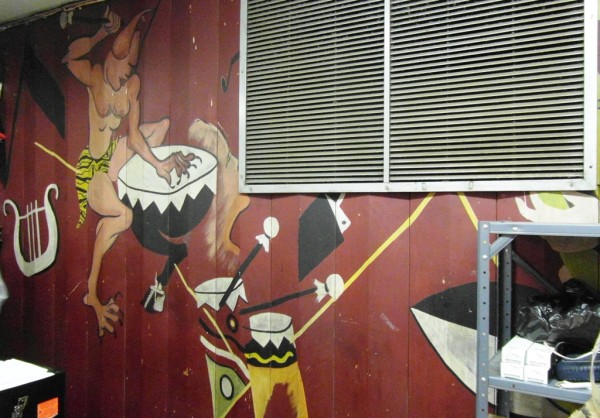
Our next stop was a typical greystone three-flat just over a mile away on 44th street. This was the home of Louis Armstrong in the 1920s. Armstrong was born in New Orleans but moved to Chicago in 1922 to join Joe “King” Oliver’s Creole Jazz Band – the best jazz band in a city that was becoming known as the center of jazz in America. By 1929, he had moved onto New York.
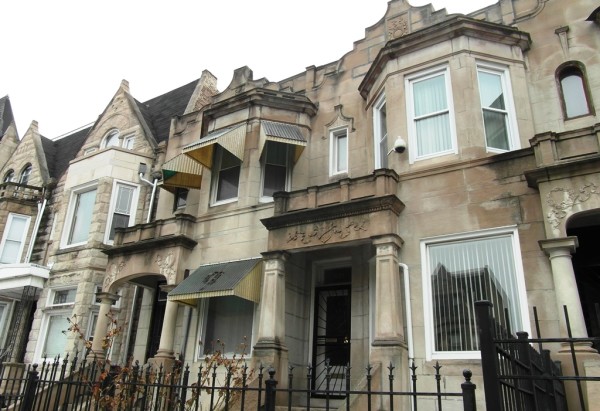
Not far from the Armstrong’s home, we stopped in front of another unassuming traditional Chicago three-flat. This one once belonged to Nat King Cole – at least, it belonged to his family as he lived there from age 4 until around 18. Cole found his musical inspiration living in the Bronzeville neighborhood, sneaking out to clubs to listen to the likes of Armstrong and Hines. While Armstrong left to make his name in New York, Cole headed west to California, making it big in Los Angeles.

From there, we headed slightly north to see a grassy area adjacent to an apartment building on 31st Street where the Royal Gardens (later the Lincoln Gardens) stood from 1921 to 1927. Once the largest dance club in Chicago, it was also segregated, with musicians playing a set from 8 to 11 p.m. for blacks only and then an 11 p.m. set for whites only. The club was bombed in 1927 and never rebuilt. Sadly, no pictures of the club are known to exist today and, unlike the Sunset Cafe and the homes of Armstrong and Cole, no marker exists to explain the history of this now-empty plot of land.
Leaving Bronzeville, we drove up Martin Luther King Jr. Drive, a wide boulevard lined with exquisite early twentieth century homes. Then, we hopped on Lake Shore Drive and headed north to Chicago’s Uptown neighborhood. Back in my neck of the woods, I had a strong suspicion as to where we were headed: the Aragon Ballroom.
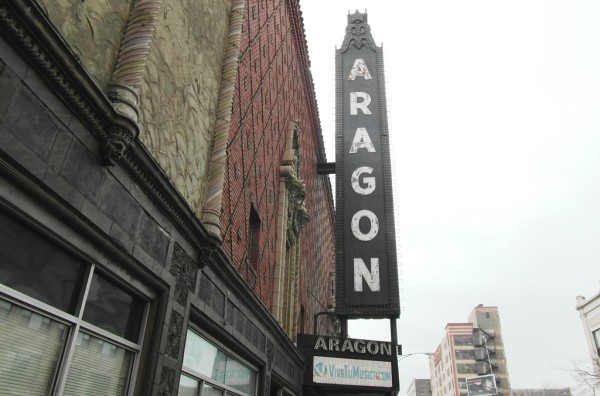
We weren’t able to go inside the Aragon, which was a shame because from what I remember, the interior is gorgeous. The building was built in 1926 in the Moorish architectural style and the inside was meant to resemble a Spanish palace courtyard. When it first opened, some called it the most beautiful ballroom in the world and it soon became the most famous dance hall in the country. Our guide showed us a picture of the inside and it immediately reminded me of a plaza in Madrid – something I didn’t appreciate when I was there to see No Doubt in concert about 10 years ago.
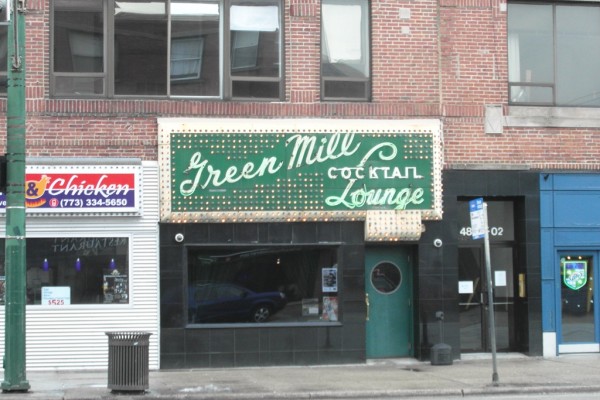
Our last stop was the famous Green Mill Jazz Club on Broadway. The business has been around since 1907, known first as Pop Morse’s Roadhouse and later as Green Mill Gardens. In the 1920s, the club was partially owned by Al Capone’s colleague, Jack McGurn. Capone was a regular and the club is said to have tunnels running underneath leading to the nearby Aragon. Eventually, it became a more reputable establishment and built a reputation for hosting popular jazz acts.
By the end of the tour, I was a bit sad to go. I had taken a few pages of notes and had more information about Chicago packed into my brain than I ever thought I would. While the focus may have been on jazz in Chicago, the narrative wove in so much history that I felt like I walked away with a whole new perspective on a city I’ve called home for over a decade.
This post is part of an ongoing partnership with Eventbrite Chicago. Eventbrite enables people all over the world to plan, promote, and sell out any event. It’s also a destination for people to discover awesome events going on in their cities! Whatever your desires, hobbies, or interests – from photography workshops and wine classes to food festival and industry conferences, there’s an event on Eventbrite for you to attend! Keep up on what’s Brite in Chicago by following BriteChicago on Twitter, liking them on Facebook, or signing up for their weekly newsletter! Planning an event? Go ahead and create an account to get started.
